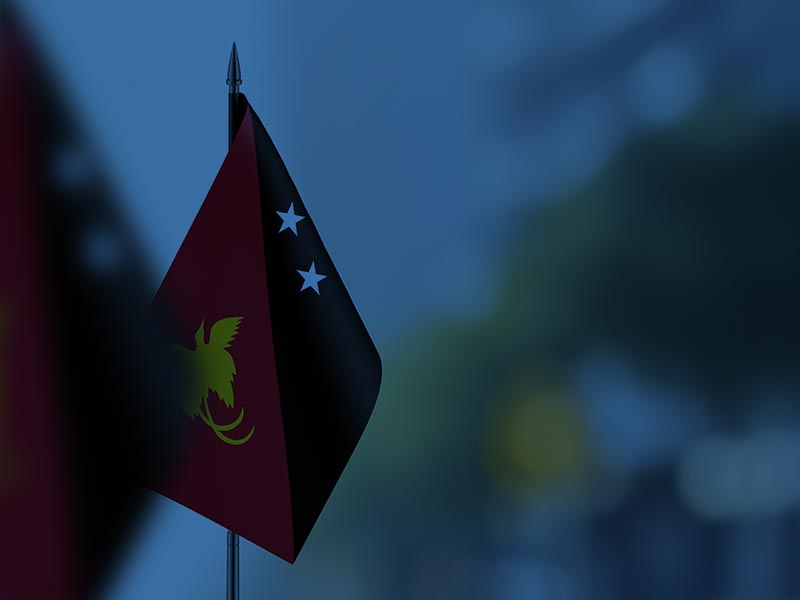Papua New Guinea (PNG) is home to over 800 languages, making it one of the most linguistically diverse countries in the world. This extraordinary variety accounts for nearly 12% of the world’s languages, with a population of around 9 million people. The languages are primarily divided into two groups: Austronesian and Papuan.
Austronesian languages, found mainly in coastal regions, include widely spoken languages like Tolai and Motu. These languages typically feature simpler grammatical structures, often adhering to a subject-verb-object (SVO) word order. Hiri Motu, for example, was developed as a trade language and is characterized by its accessibility.
In contrast, Papuan languages, predominantly spoken in the interior highlands, are highly diverse and do not belong to a single family. Languages such as Enga and Huli exhibit complex grammatical systems, including intricate verb conjugations and multiple noun classes. Some Papuan languages are also tonal, where pitch variations can change word meanings.
Additionally, Tok Pisin, a creole language derived from English, serves as a lingua franca and one of PNG’s official languages. While it simplifies many aspects of English, it incorporates indigenous vocabulary, reflecting the country’s rich cultural tapestry and linguistic heritage.
Related Articles
The Science of Crystals—Nature’s Hidden Geometry
Crystals are more than just beautiful gemstones—they are scientific marvels shaped by nature’s precise rules of geometry and chemistry. Their unique structures form when atoms and molecules arrange...
The History of Kites—Flying Through Time
Kites have been soaring through the skies for over 2,000 years, serving as tools for entertainment, science, and even warfare. Their origins trace back to ancient China, where they were made from...
The Science of Chocolate—Why We Love It So Much
Chocolate is more than just a sweet treat—it’s a scientifically fascinating food that affects both the brain and body in surprising ways. Its allure dates back over 3,000 years, when the Olmecs,...





